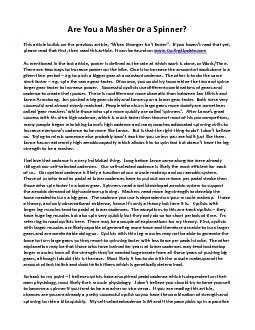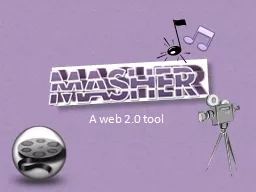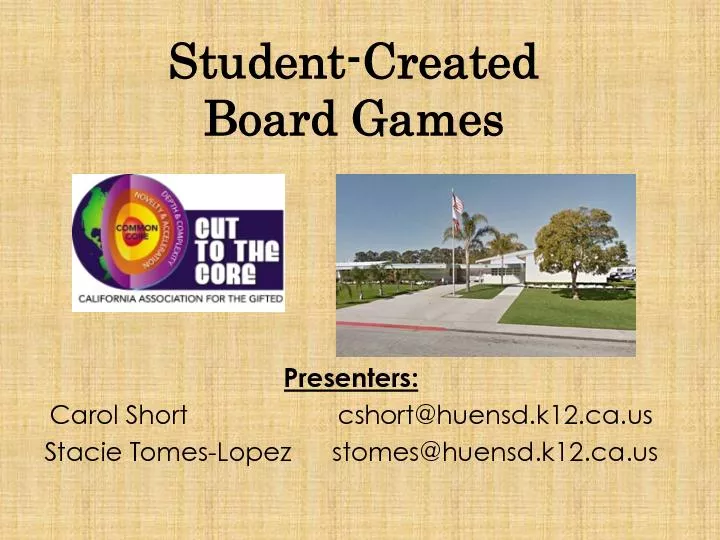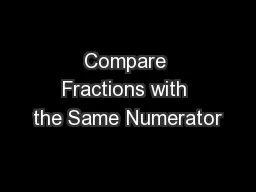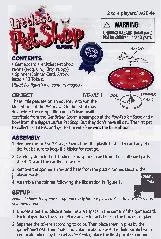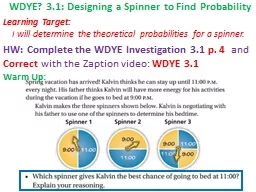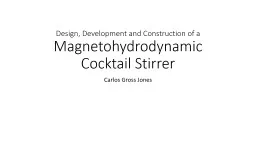PDF-Are You a Masher or a Spinner?
Author : stefany-barnette | Published Date : 2015-09-01
This article builds on the previous article x201CWhen Stronger Isnx2019t Fasterx201D If you havenx2019t read that yet please read that first then read this article
Presentation Embed Code
Download Presentation
Download Presentation The PPT/PDF document "Are You a Masher or a Spinner?" is the property of its rightful owner. Permission is granted to download and print the materials on this website for personal, non-commercial use only, and to display it on your personal computer provided you do not modify the materials and that you retain all copyright notices contained in the materials. By downloading content from our website, you accept the terms of this agreement.
Are You a Masher or a Spinner?: Transcript
Download Rules Of Document
"Are You a Masher or a Spinner?"The content belongs to its owner. You may download and print it for personal use, without modification, and keep all copyright notices. By downloading, you agree to these terms.
Related Documents

